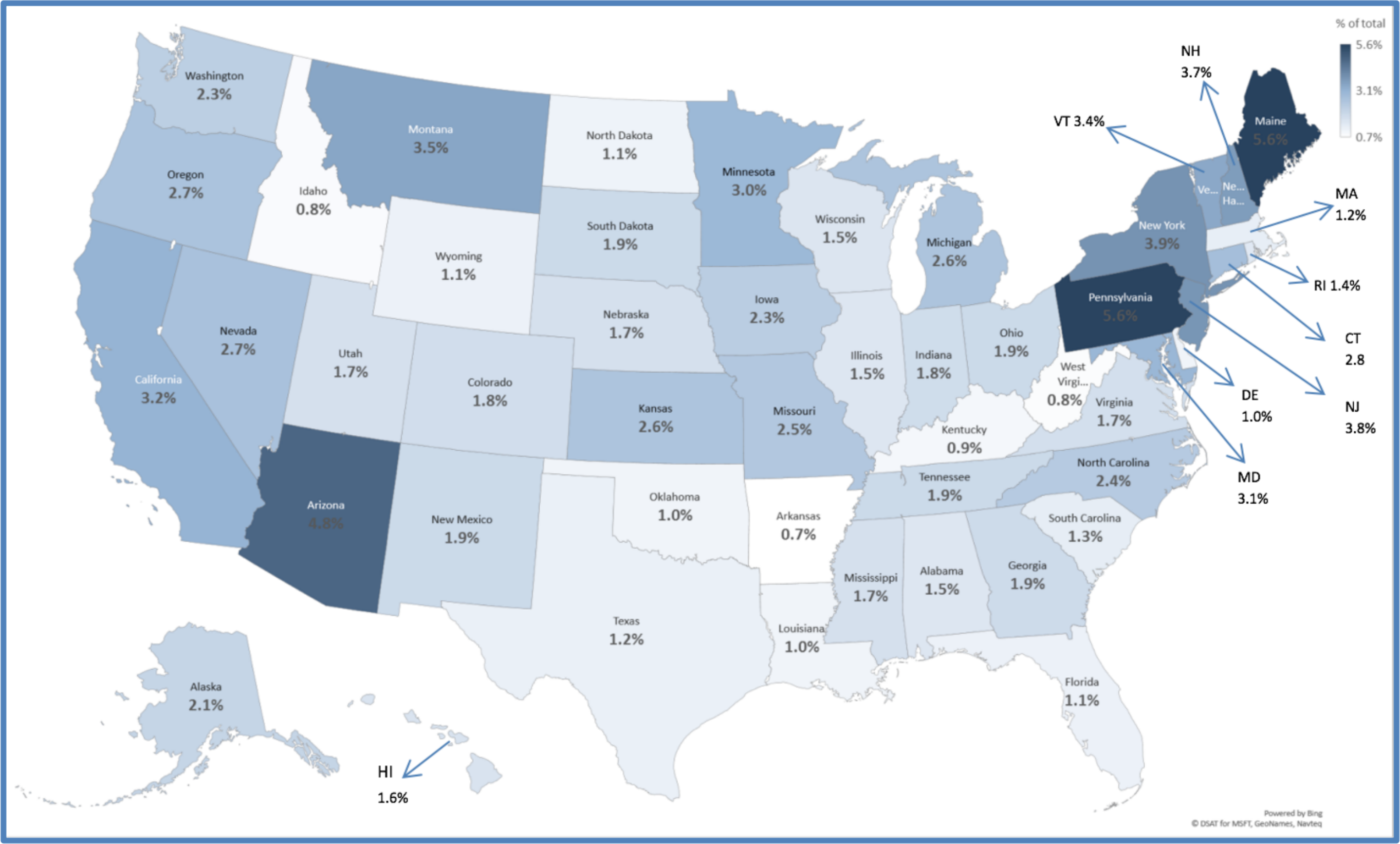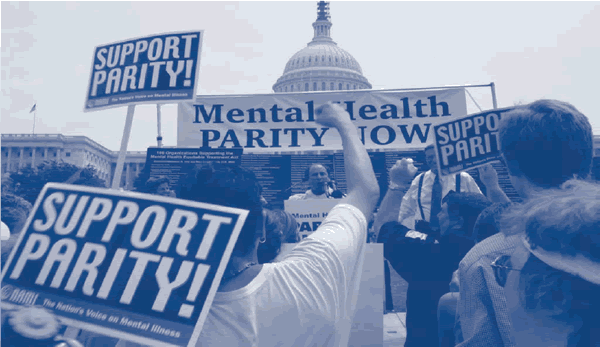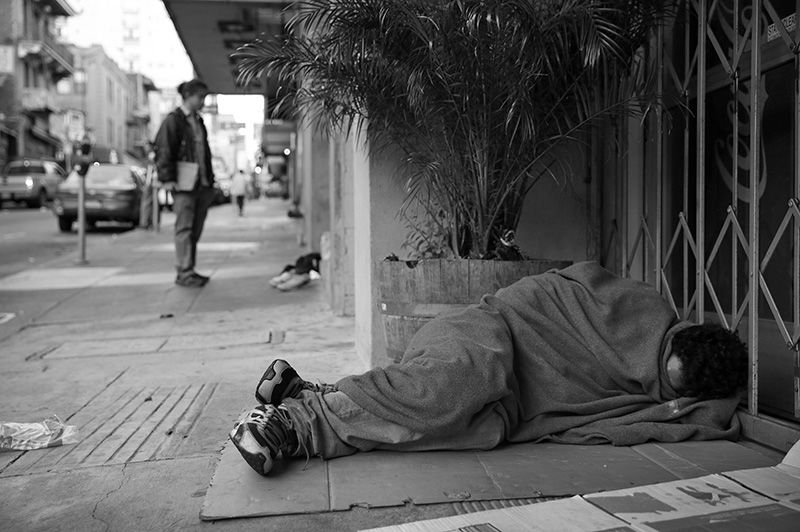12-14-17) Mary Giliberti was on fire!
The Executive Director of the National Alliance on Mental Illness and I spoke at a press conference earlier today held in Washington to unveil a national plan to reform our federal mental health care system. (I’ll write more about the plan later.)
For those of you who don’t want to watch the entire news conference posted above, Mary’s remarks begin at the 30 minute mark and end at about minute 38, when I start my remarks. (I was asked, as always, to share my son’s story so it might be familiar territory to most of you.)
It was what happened afterwards that really had me cheering. Off camera, a discussion was taking place about how wide of a net the newly created Interdepartmental Serious Mental Illness Coordinating Committee should cast. There was talk about providing services for groups other than the seriously mentally ill. And it was Giliberti who immediately said, “No!” The focus of the committee had to be on SMIs and serious emotional disturbances.
Lately, NAMI has been accused of not paying enough attention to SMIs. Her firm reaction reminded me of a story that she told me months ago.







